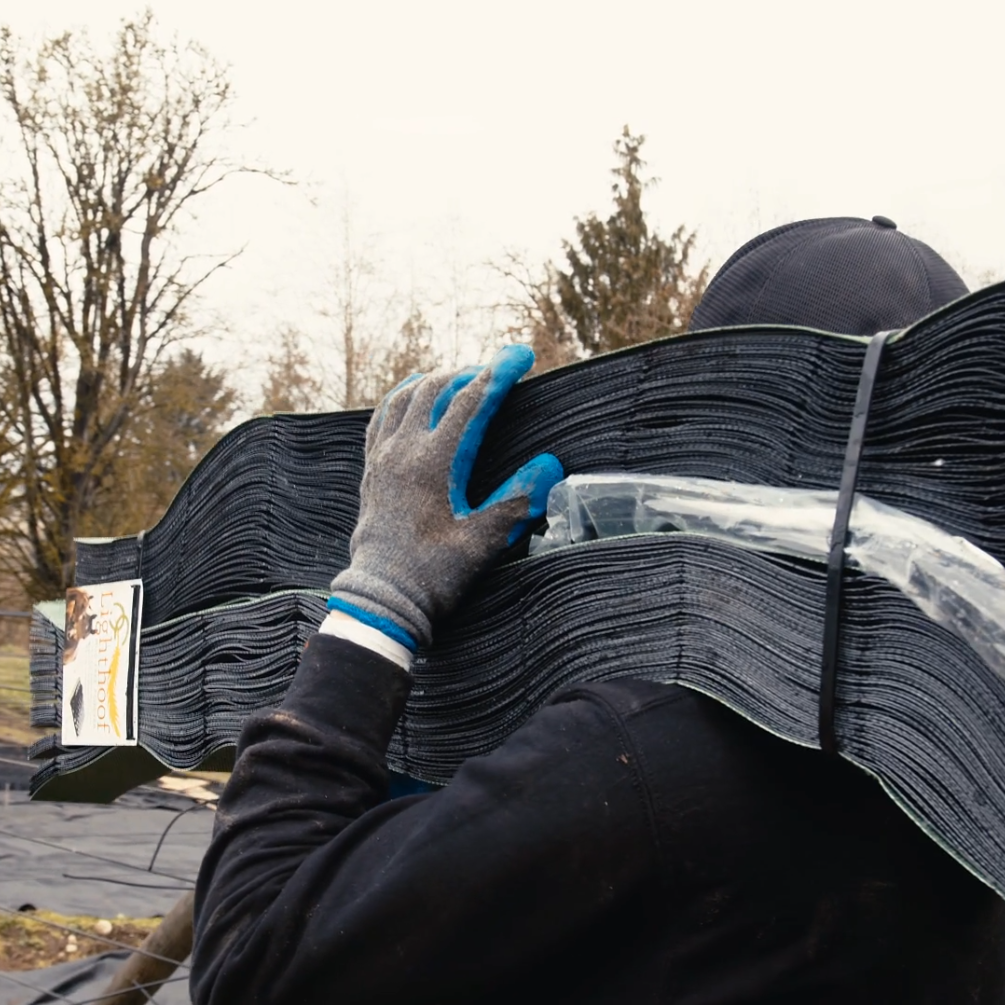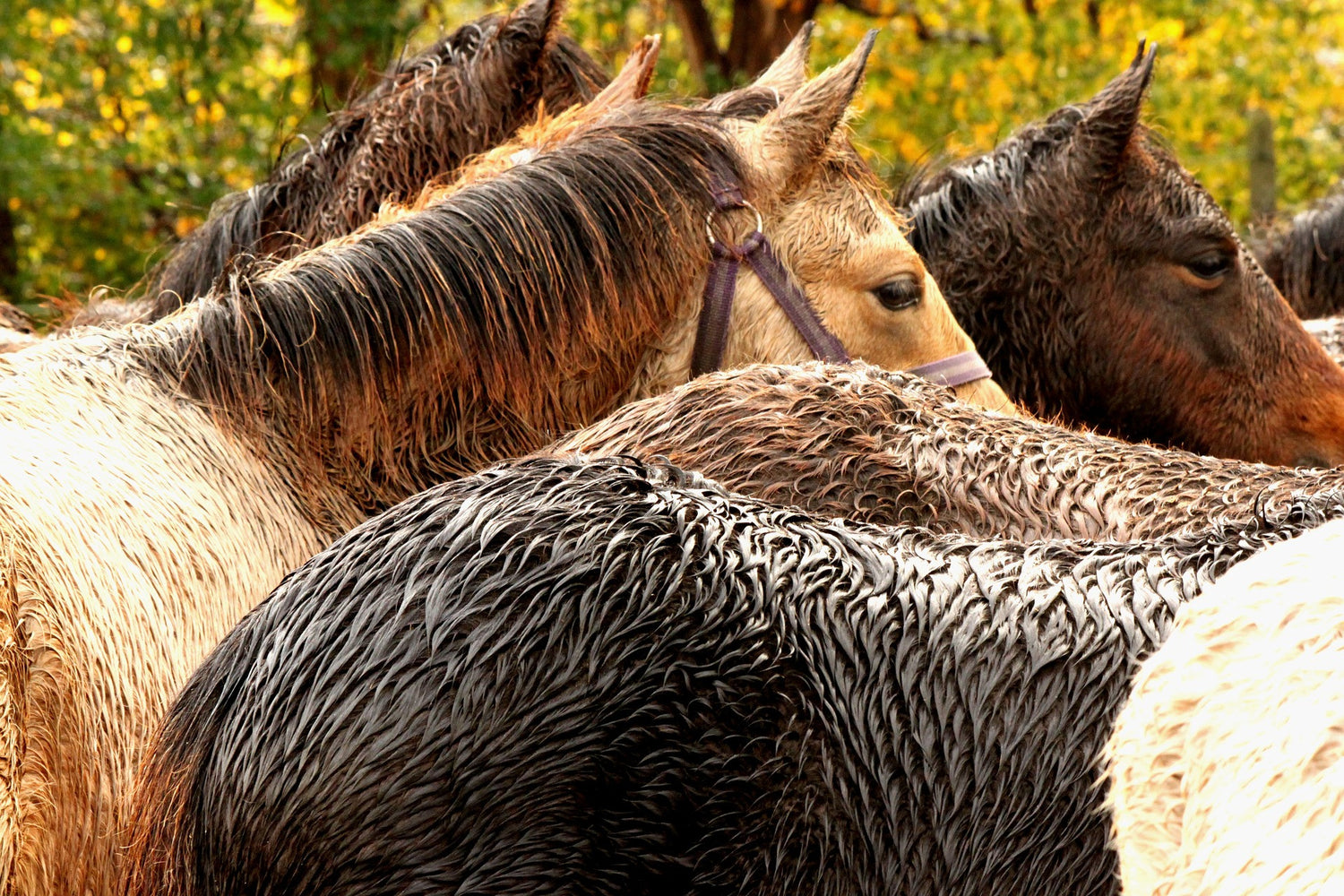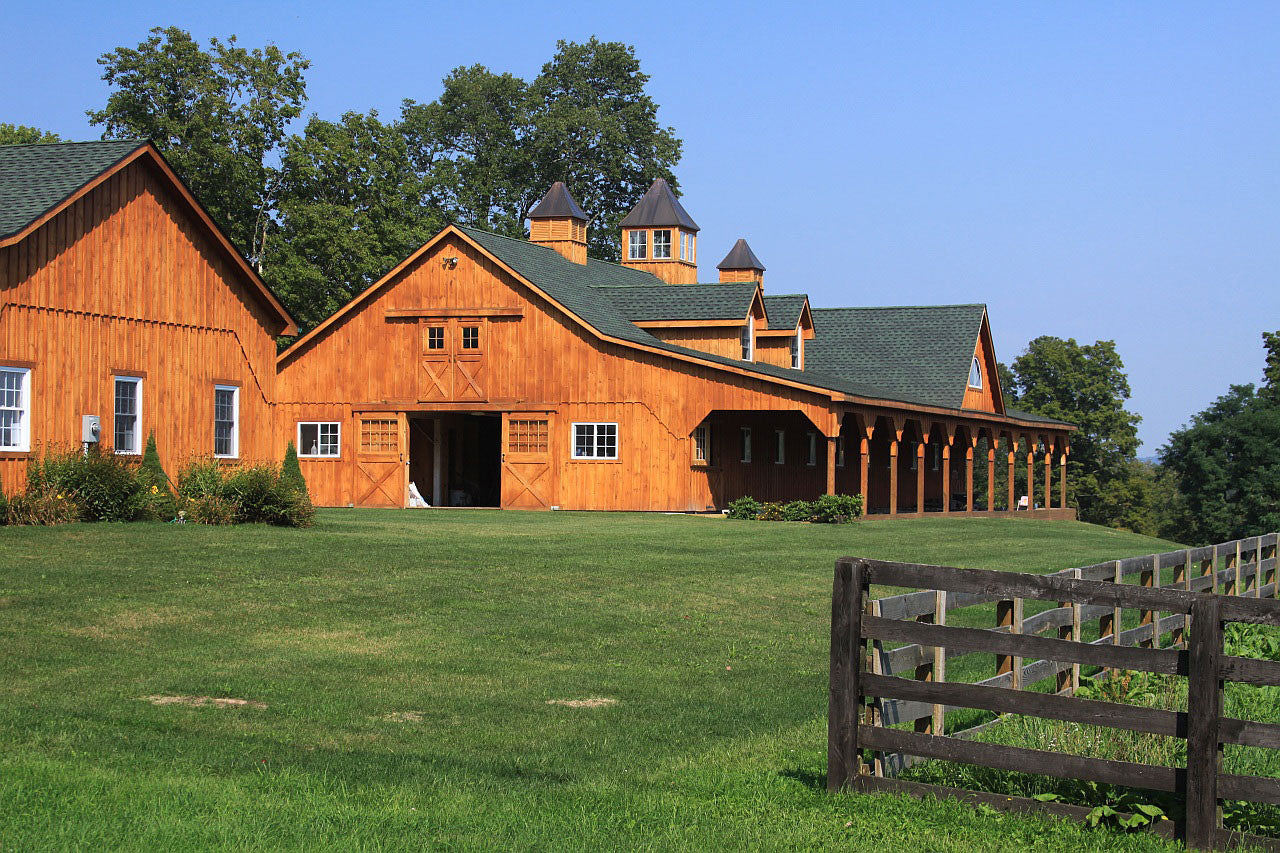With the coming of spring, horse owners everywhere have a few annoying issues to deal with. Aside from frisky horses out in the paddock and the perpetual and seemingly endless mud problem, an equestrian’s springtime headache can often times be brought on by the sudden onset of moisture related fungus and skin conditions in their horses.
Horse skin conditions, just like skin conditions in people, can be caused by a number of variables. For this blog, we’ll stick to the facts on one problem bacteria: Dermatophilus Congolensis. Dermatophilus is the official name for a skin bacteria we horse people know better as scratches, greasy heel, mud fever, and rain rot or rain scald. We’ve got a few answers to some frequently asked questions, as well as some tips to tricks to clean up your horse’s crusty skin problem.
Scratches and rain rot are the same thing?!
Yup! Caused by the very same bacteria, the common names for the ailments really only pertain to the area of the body affected. Rain rot, or rain scald, tends to be on the rump and back, whereas scratches tends to be found on the heels and pasterns. The bacteria doesn’t just affect horses either, it can be found in cattle, goats, sheep and even cats and dogs.

Furry legs and pasterns and heavy winter coats help compound fungal and bacterial issues by giving them a warm dirty place to live.
Can mud cause rain rot?
The short answer is yes. Dermatophilus is a bacteria that likes warm, moist, oxygen deprived environments. The skin has to be damaged in some way for the bacteria to enter the epidermis. If you’ve got horses living in wet, muddy conditions, they’re at risk to become infected. Whether through their pasterns and heels, or by laying down on muddy ground and standing in the rain with a heavy winter coat, the exposure becomes greater if they don’t have access to a dry place to stand and lay. An excess of heavy coat, feathers, or other hair can further exacerbate the issue by locking in dirt, moisture and keeping the fresh air out.
What are the health risks associated with rain rot and scratches?
Outside of looking gross, broken and irritated skin, hair loss, scabbing, site infection and secondary bacterial infections are associated health risks if you’re horses end up with a Dermatophilus infection. While it is not considered painful or even itchy, a secondary infection is the biggest problem to look out for. The infection can be passed from horse to horse with a saddle pad, brushes and other shared grooming tools and tack.
How do I treat rain rot when I find it?
If your horse has an infection, your best rain rot treatments are going to be antimicrobial and antibacterial solutions and washes. A good grooming to remove any heavy winter coat in the affected area, as well as any crusty scabs will get you down to the problem layer while allowing oxygen to access the infection. Avoid using ointments or creams as they tend to hold moisture close to the skin; your goal here is to dry things out! If you choose betadine, phenol or nolvasan, ensure you keep up the treatment for about a week. By killing off the bacteria and allowing a healthy blast of fresh air, the problem should be resolved in no time.
Better yet, how do I prevent a rain rot infection?
If you’re able to prevent rain rot and scratches altogether, that’s the ideal route! We can’t escape what mother nature has to throw at us, so the rain, snow, runoff and flooding is bound to happen regardless. The best way to prevent fungal infections in your horses is by keeping them well groomed and offering them plenty of opportunity to get dry. If you don’t already have a run-in or shelter in your paddock, constructing one can be relatively inexpensive, and in the long run could save you some fungal treatment costs. Make sure you choose a construction spot that has ample drainage. Our Lighthoof panels make for a perfect run-in base, both for ground stabilization but also to keep your shed footing firm and dry both inside and outside of your structure.
If you’ve got an existing shelter but you’re having issues keeping the footing inside and out dry, our panels can be installed around an existing building. Just measure, cut and install. They can even be installed right on top of your existing mud problem to get you mud-free in a jiffy.

Having a place to get out of the weather is the first step to preventing rain rot in horses.
Rain rot in horses is one of the lesser moisture related health problems associated with horsekeeping, but it presents a serious enough set of issues that preventing or resolving it is important for your animals. We hope we’ve armed you with a few tools to get your herd on track for warmer months, and maybe the beginning of a successful show season!





Leave a comment
This site is protected by hCaptcha and the hCaptcha Privacy Policy and Terms of Service apply.